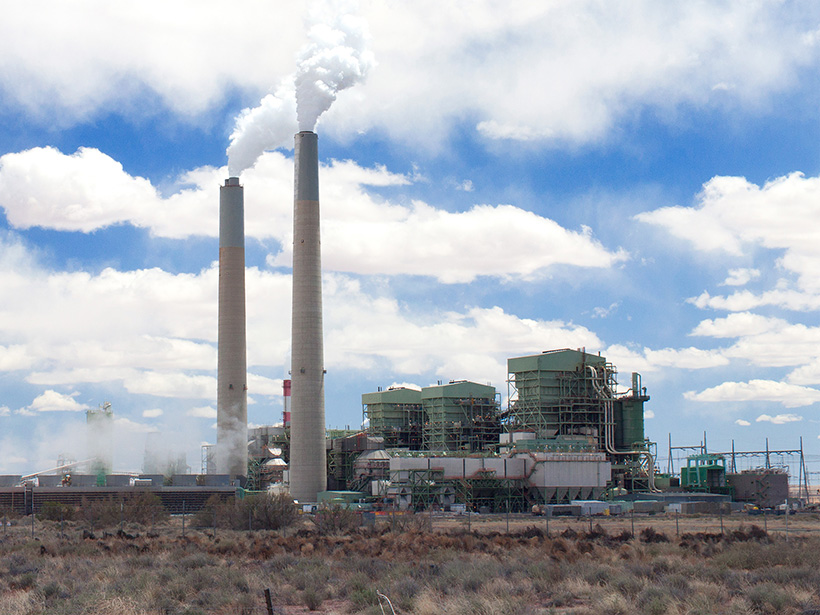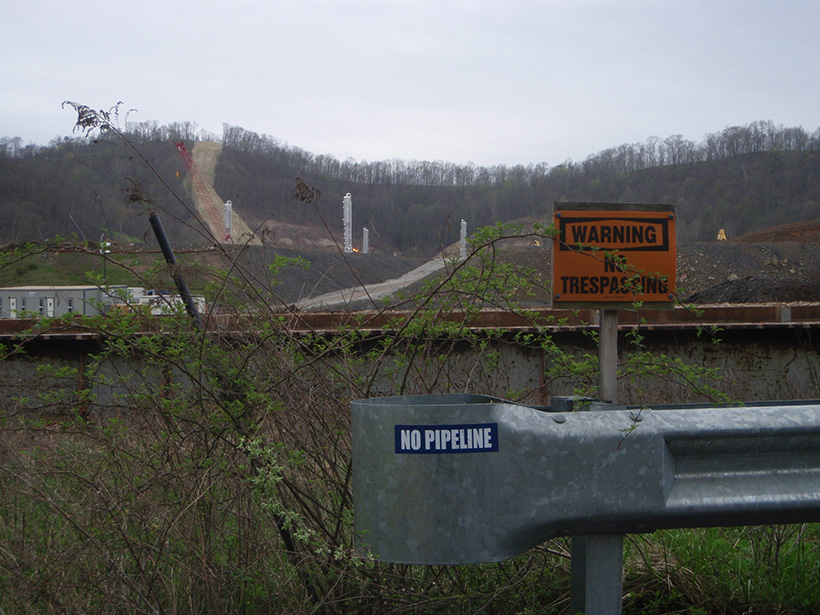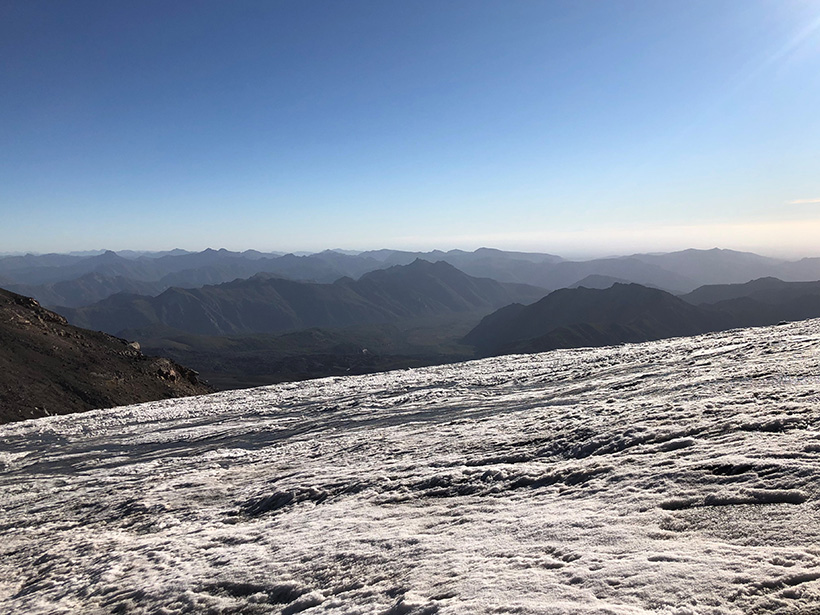Climate-related lawsuits don’t often quantitatively link the defendant’s greenhouse gas emissions to the impacts on the plaintiff. Better lines of communication between climate scientists and climate lawyers could help bridge that gap.
science policy
A Road Map for Climate Retreat
Scientists say managed retreat from climate-related dangers has to start now, and they are exploring potential guidelines for response and adaptation.
New Marine Ecology Tool Corrects for Effects of Fossil Fuel Emissions
Standardizing these corrections will help scientists understand ocean ecosystems.
Hear Ye! Hear Ye! A Declaration of the Rights of the Moon
What are the ethics of mining the Moon? Could humans cause environmental damage to Earth’s only satellite? And could a new Declaration of the Rights of the Moon be one way of mitigating those impacts?
Heating Up the Hot Spots
Climate change is affecting American military operations and infrastructure—and could have security implications across the globe.
America’s Natural Gas Pipeline Routes and Environmental Justice
Pipeline infrastructure disproportionately burdens America’s most vulnerable communities.
¿Cómo afectará el cambio climático a los Estados Unidos en las próximas décadas?
Un nuevo informe del gobierno de EE. UU. muestra que el clima está cambiando y que las actividades humanas conducirán a muchos más cambios. Estos cambios afectarán el nivel del mar, la frecuencia de las sequías, las precipitaciones severas y más.
Half of the IPCC Scenarios to Limit Warming Don’t Work
The Intergovernmental Panel on Climate Change showcased 50 scenarios to limit global warming to 1.5°C above preindustrial temperatures. A new study finds that only half of those scenarios are realistic.
Chile’s Glacier Protection Law Needs Grounding in Sound Science
In the works for more than a decade, proposed legislation to protect glacial and permafrost environments in Chile suffers from uncertainties and omissions that could sow conflict instead of solutions.
Uganda Advances Toward Launching Its First Satellite
A new ground station and an expanded education network will lead to the launch of a security and Earth observation satellite in 2022.










